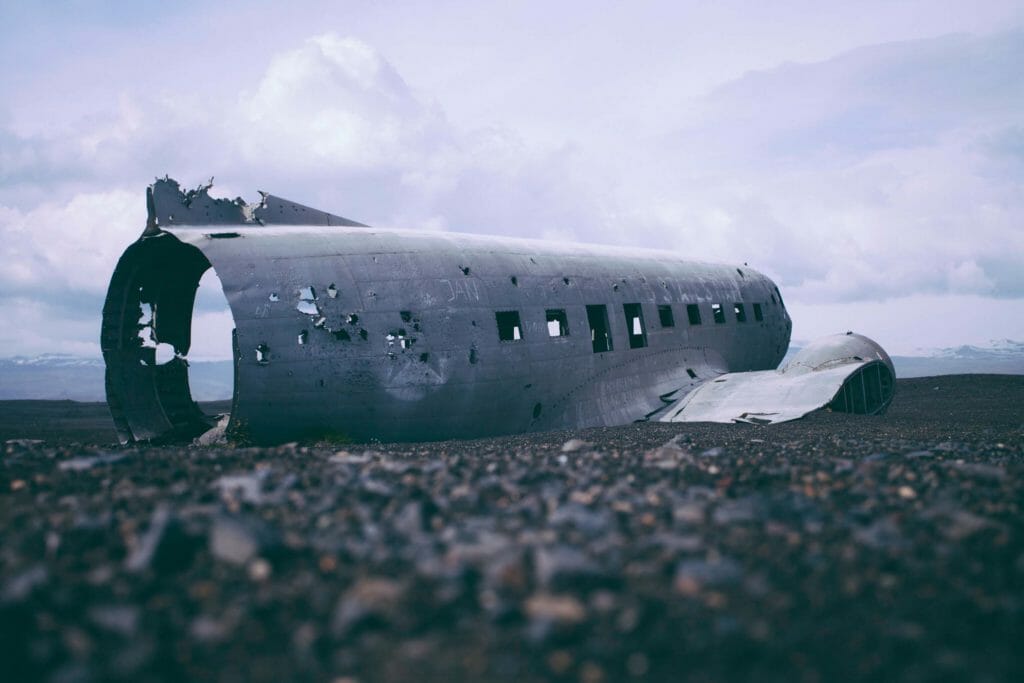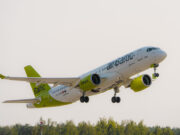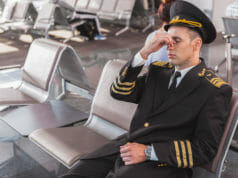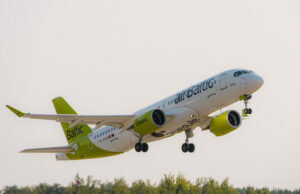One of the over-riding goals at Aero Crew News is always to build a better product for our readers. As a result of this desire, we have spent many months discussing new ways to increase the relevance of the product we bring to you every month. With many diverse interests, and at least as many opportunities in aviation, we were looking for common ways to unite the various aspects of aviation.

As a result of this process, we decided to incorporate two new columns, one related to training, which binds us all, and one that covers safety, which also connects all of aviation together.
Welcome to the first of these new columns in Aero Crew News, Safety Matters. My name is Scott Stahl and you may recognize me as the former contributor for the “Contract Talks” series that has appeared in this magazine. Since my focus and background is more in training and safety, I have accepted the challenge of creating a new series of columns related to safety and training concepts. I have been flying for 18 years in all facets of aviation from Part 61 to Part 121 and completed a Master’s Degree in Safety in 2015. I spent the better part of a decade as a full-time CFI, CFII, MEI, check airman and Extreme Attitude Recovery Instructor before moving onto the airline world a few years ago. The fascinating part of the transition for me was how basic concepts of safety apply to all aviation worlds, but not necessarily in the exact same way. Essentially, safety is operationally dependent, and basic concepts can be adapted and modified to work in varying types of operations.
As with any component of aviation, safety is a constantly evolving system that seldom remains stationary. It is also one of the least understood mechanisms in aviation, with most people assuming that “safety” means not having an accident or incident. In modern aviation systems, safety is much larger than this commonly held belief and, in the US, is in the midst of a massive overhaul of how it applied, understood and how it affects the way we do things day to day. In essence, safety permeates everything we do on a daily basis, from checklist procedure, regulatory compliance to ASAP reporting. However, despite the absolute depth of safety on a given mission, few pilots really understand the mechanisms behind what is readily observable.
“send us emails at scott.stahl@aerocrewnews.com”
After much discussion amongst the staff of the magazine, it was decided that a safety related column might not only be informational to our readers, but would provide a good platform to discuss safety related concepts, trends, information and data with the intent to improve understanding of one of the main facets of aviation that affects all of us every day.
Our goal with this column is to provide an active way to participate in discussions about safety or safety related topics. Of course, reader input always helps that process, so we encourage you to send us emails at scott.stahl@aerocrewnews.com with any safety related questions or comments you may have, no matter how seemingly small they may be.
Next month, expect to see the first substantive article in the series, which will be related to the evolution of aviation safety from the early days to now.
The second of these columns will be related to flight training concepts and changes as we morph into a new era of not only training methods and standards, but also training realities as an industry aided partly by decades of change, economic realities and the globalization of the air transport market. It is my sincere hope that with these two columns we can expand our reader interest in Aero Crew News and create meaningful dialogue with our readers.




















































